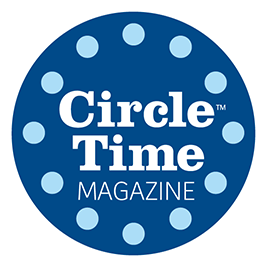Positive Behavior Support, Episode 5 Knowledge Check

Circle Time Magazine Season 2, Episode 5 Knowledge Check

Circle Time Magazine Season 2, Episode 5 Knowledge Check
Knowledge Answer Answer Key (Questions 1 – 6)
Thank you for completing the Knowledge Check questions. An answer key to these questions is listed below.
Question 1: What is a challenging behavior for one early childhood educator may not be a challenging behavior for another early childhood educator.
Question 2: Reflecting on a challenging behavior can help an early childhood educator do the following:
Question 3: In this episode, Jordan discussed three key strategies ("The Three Rs") that all educators can do when challenging behavior is occurring. List those three key strategies.
- Reflect
- Review
- Build Resiliency
Question 4: A Behavior Support Plan needs to address the behavior (form) AND what the behavior is trying to communicate (function).
Question 5: Understanding and addressing the function of a challenging behavior is key. You can use the Behavior Equation to figure out what the function is. Which is the Behavior Equation?
Question 6: Once you have observed and determined the function of behavior, what are the next parts of the Behavior Support Plan?
Contact Us
Please contact us at cultiv8@uw.edu if you have questions about Circle Time Magazine. Like Cultivate Learning on Facebook and Instagram to stay connected to our latest work.
Want more of Circle Time Magazine?
We've got a whole collection of episodes for you to dive into. Check out more seasons and episodes currently available.





